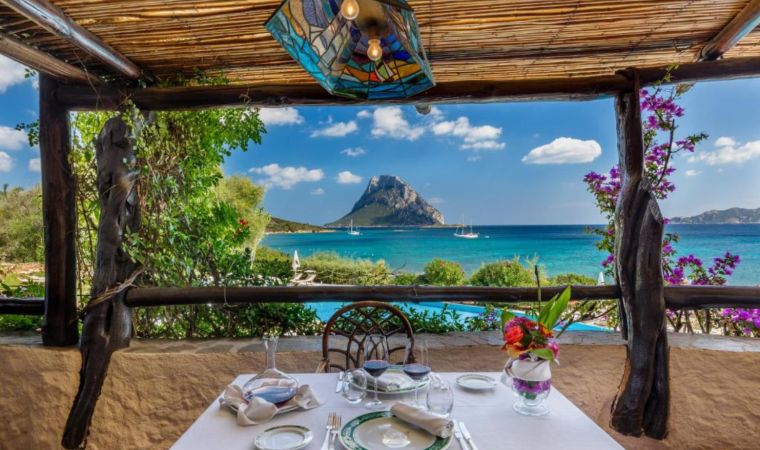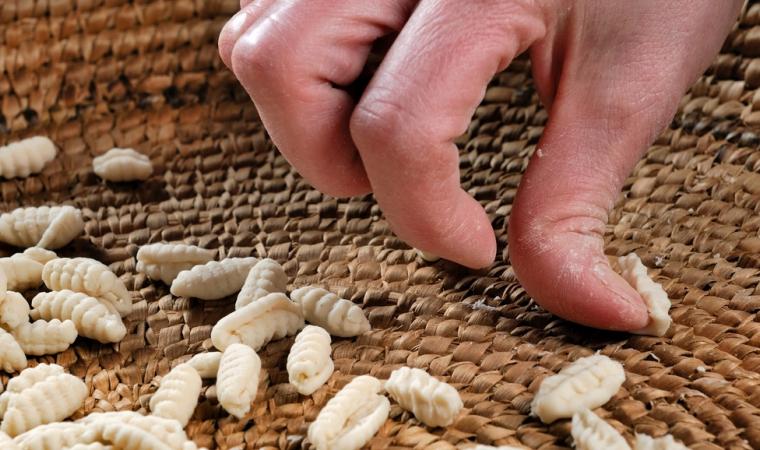
Food identifies and narrates the territory. In very few places in the world this statement is as true as it is in Sardinia. Cuisine is one of Sardinia’s most typical and distinctive features, an aspect that goes way beyond the island’s delicacies and creeps into the pages of its history. At San Pietro, an island within the Island, a place with a marvellous sea and a strong personality, culinary tradition represents the identity and the soul of the community. The Girotonno is the symbol of this. Every year, the original food festival tells us about ‘men, stories and flavours on the tuna routes’. Carloforte, the only residential area on the island, shows the world a fishing and cooking tradition at an international event that expresses thousands of years of culture and a tradition based on tuna fishing, rais (fishing master) and ‘tonnaroti’ (tuna fishermen).
A four-day programme includes live cooking and delicious tastings of recipes from the past and of today, presentations and guided tours. Cuisine and creativity, flavour and shows: you will discover secrets, anecdotes and curiosities revealed by the leading protagonists of Italian cuisine. The high point is the International Tuna Competition, a spectacular competition between chefs from eight different countries - France, Italy, Japan, Morocco, Peru, Philippines, Portugal, and Spain -, who all use their art to enhance the qualities of tuna, both raw and cooked, in traditional recipes and in creative variants. Two juries will be judging the dishes: one of journalists, experts and opinion leaders, led by TV host Roberto Giacobbo, and one chosen from the public.
At the Tuna village you will be able to see (and learn) art and culinary finesse, from the hands of internationally renowned cooks and resident chefs, as they take turns in preparing dishes, commenting live and letting the public taste their original creations. In addition, agri-food specialities and homemade products, from Carloforte and all over the Island, are on show inside the Expo village. The show goes on during the evening, with live music from The Kolors and Marvin & Prezioso's DJ set. Flavour, culture and tradition, ‘immersed’ in a breathtaking setting. Carloforte is a corner of the Sulcis peninsula with a Ligurian flavour. Its landscape and historical characteristics are unique in Sardinia: of Tabarkian origin, it is closely linked by historical and cultural bonds to Genoa. The historical streets and the promenade of u paize are vibrant with life.
Its architecture dates back to the eighteenth-nineteenth century: buildings with beautiful façades, pastel-coloured houses, flights of steps and alleys where you will smell fragrances of seafood cuisine. The charm of the marina is a prelude to the discovery of a sea of a thousand colours and the coastlines of San Pietro, where there is a series of captivating cliffs, including La Conca and Le Colonne, as well as enchanting coves, inlets and dreamy beaches with uncontaminated seabeds, like Cala Fico and La Bobba. During the twenty days of events taking place at various locations in the village, you can also spend some time on nature walks and guided trekking itineraries surrounded by the island’s treasures, as well as boat trips along the coast.
The canal that separates San Pietro from Sant’Antioco, the largest island of the Archipelago of Sulcis, has always been crossed by schools of ‘bluefin tuna’, the finest in the Mediterranean, during migrations. Fishing for this species using nets is a practice that dates back to the Phoenicians, then to the Ancient Romans and was perfected in the 15th century by the Spaniards. Today, it is still fished in the same way: a true ritual that takes place from April to June. It begins with the tonnarotti’s propitiatory prayers, led by the rais, who guides them from his boat, the musciara. The ‘tonni di corsa’ (rushing tuna) are predators with red, oily flesh and arrive in great shoals from the Atlantic, to deposit their eggs in the warmer waters of the Mediterranean. Their routes are predictable. The capture and slaughter of the fish is followed by its processing, based on traditional artisan methods, that still takes place in one of very few historical tuna fisheries operating in the Mediterranean, still active since the 18th century!















